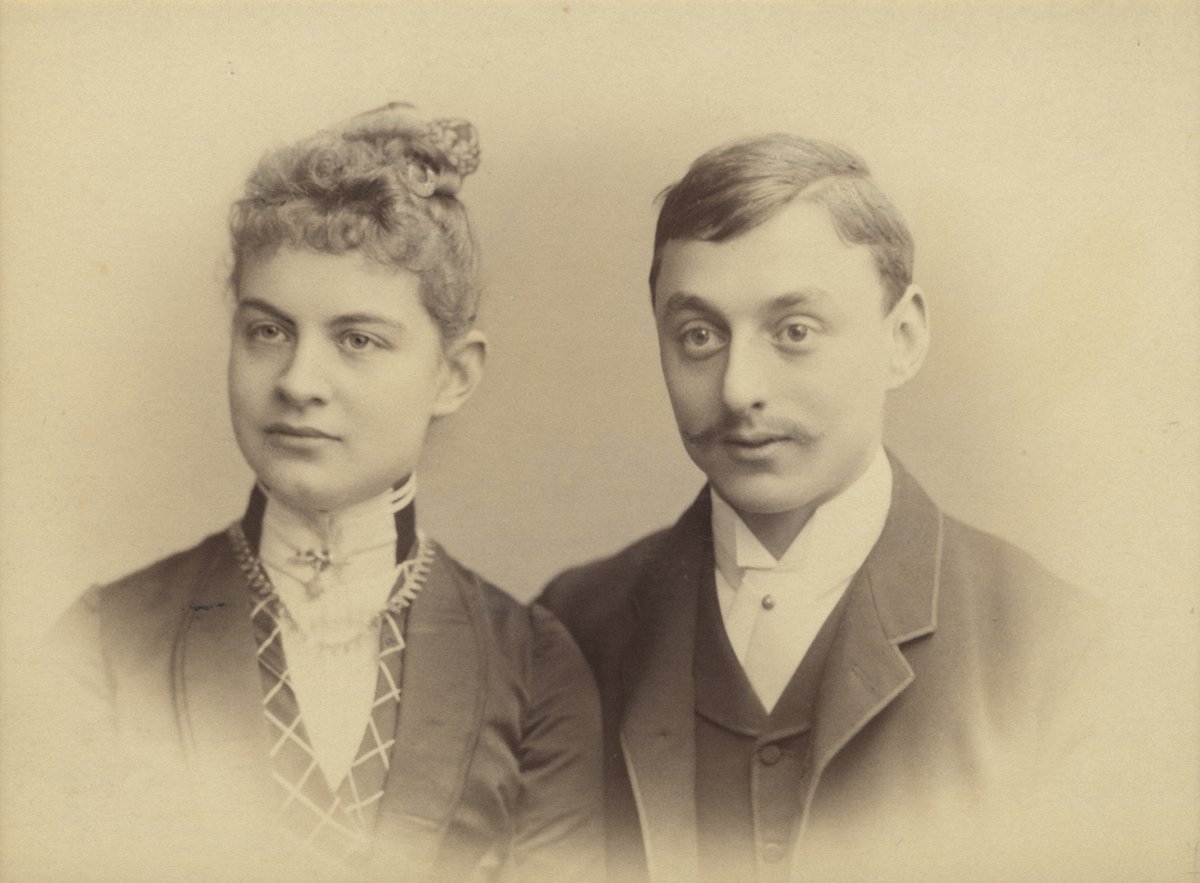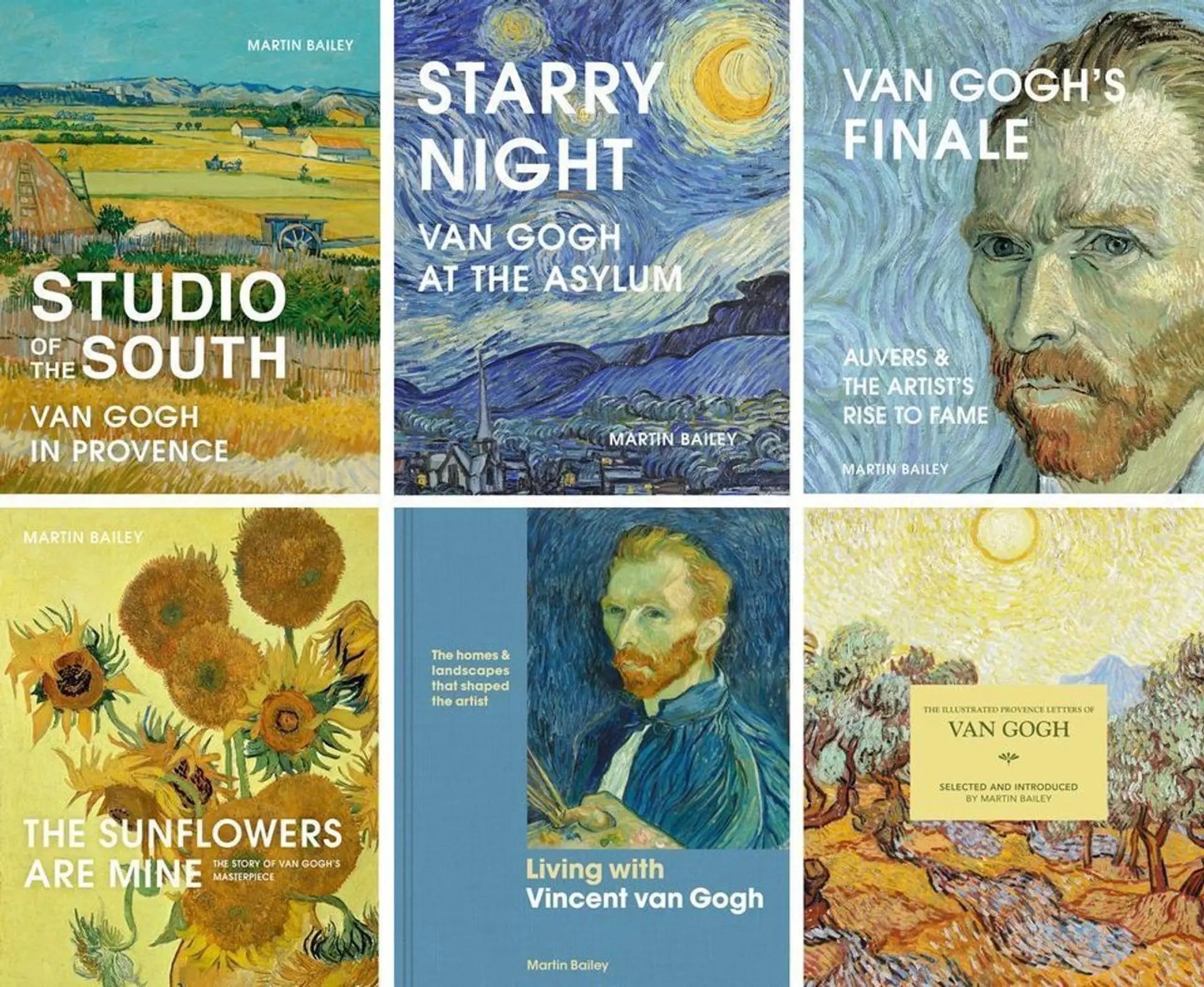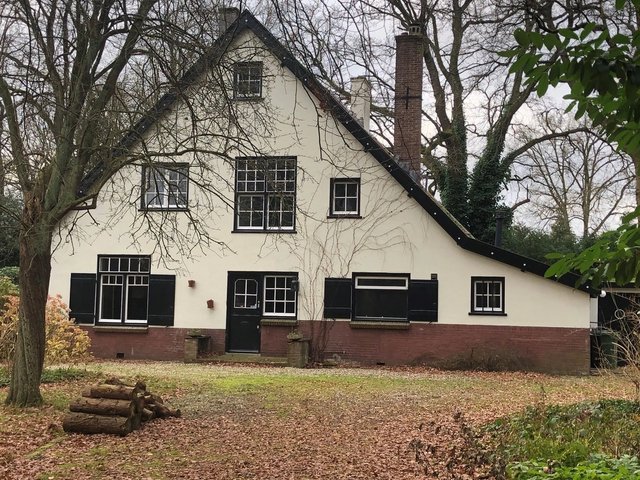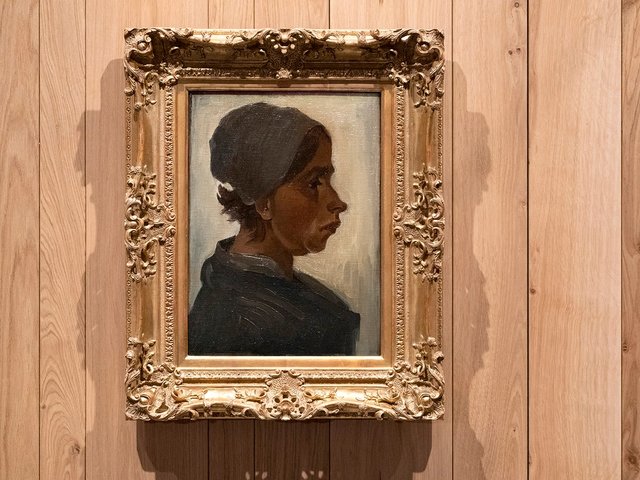A wealthy shipping tycoon wanted to buy up the entire Van Gogh family collection in 1911. Had the “unlimited” offer been accepted, the Van Gogh Museum would never have been established. The astonishing story of this “spectacular bid” is revealed in an article by museum researcher Roelie Zwikker.
Zwikker discovered that in 1911 the art dealer Johannes de Bois, based in The Hague, had been approached by a collector who gave him an “almost unlimited mandate” to buy all the Van Goghs which remained in the family collection, which was then administered by Vincent’s sister-in-law Jo Bonger.
The offer was alluded to in a long-forgotten article by De Bois in a 1918 Dutch newspaper, the Haarlems Dagblad. He wrote that seven years earlier he had been given a mandate “from a client who wished to acquire this collection in its entirety for his museum”. De Bois added that “despite the exceedingly high bid he was permitted to make, he was nevertheless disappointed and, resolutely and with a serene smile, sent packing”.
The newspaper article did not reveal the name of the potential buyer, but Zwikker identified them from a passing reference in an unpublished notebook of the early Van Gogh biographer, Gustave Coquiot. After visiting Bonger in 1922, Coquiot recorded: “She refused to sell all of Vincent’s works to Mrs Kröller, even though Mrs Kröller offered an unlimited sum!” This was a reference to Helene Müller, who in 1888 had married Anton Kröller (she then took both names, normally being known as Helene Kröller-Müller).
Zwikker determined that the 1911 offer had almost certainly been made by Anton, who by then had made a fortune from shipping and wanted to help his wife establish a museum of modern art. Anton, as an astute businessman, was also only too aware that buying up a major proportion of Van Gogh’s oeuvre might well prove to be a shrewd investment.
In 1911, Bonger owned around 200 Van Gogh paintings and 600 drawings. As to their value, by this time her average asking price for a painting was 2,700 guilders, then equivalent to £225. On this basis, the 200 pictures might have worth around £45,000. This would be the equivalent of £5m in today’s money, roughly the price of a single, relatively minor Van Gogh painting.

Vincent Willem van Gogh (the artist’s nephew) at the establishment of the Van Gogh Museum, Amsterdam (1973) Courtesy of the Van Gogh Museum, Amsterdam; photo: Jan Versnel
Bonger refused the Kröller-Müller offer and the collection later passed to her son on her death in 1925. Decades later her son, named Vincent Willem van Gogh (after the artist), made an agreement with the Dutch government which led to the establishment of the Van Gogh Museum in Amsterdam in 1973. The government funded the building and running costs and Vincent Willem was paid a sum which represented only a small part of the collection’s market value.
Meanwhile Helene Kröller-Müller had continued to collect Van Goghs. By the late 1920s she had accumulated 90 paintings and 170 drawings. None of these were acquired direct from Bonger, although some came from her via her dealers. She later gave her collection to what became the Kröller-Müller Museum, opening in 1938. This was built in the remote heathland area of the Hoge Veluwe national park, in the eastern Netherlands.
Helene Kröller-Müller never met Jo Bonger or her son, despite their common passion for Vincent’s work. Evert van Straaten, a former director of the Kröller-Müller Museum, believes that as they lived in entirely different worlds they would not have got on. As he delicately put it: “I might easily imagine the status-conscious Mrs Kröller-Müller preferring not to climb up the stairs to an Amsterdam apartment.”
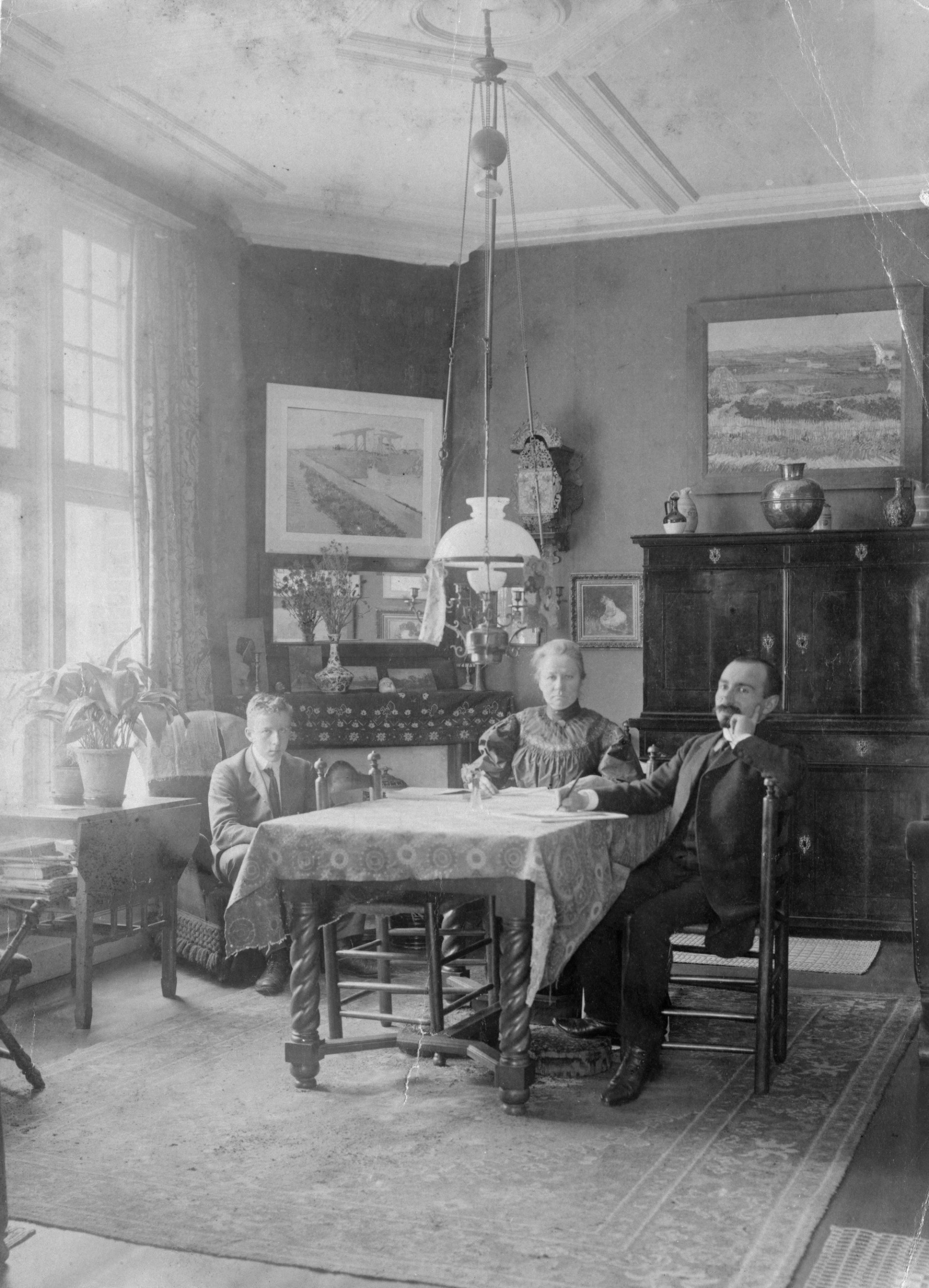
Jo Bonger with her son Vincent Willem and second husband Johan Cohen Gosschalk in their Amsterdam apartment (1910-11) Courtesy of the Van Gogh Museum, Amsterdam; photo: Bernard Eilers
The 1911 Kröller-Müller offer never appears to have been seriously considered by Bonger, which was a wise decision. Keeping the collection made it possible to set up the museum in Amsterdam—now the second most visited one in the Netherlands, after the Rijksmuseum.
What may come as a surprise is that having had their bid for the entire collection turned down, the Kröller-Müllers did not make an offer to buy a smaller number of Van Gogh paintings—perhaps even a few dozen. It may have been partly because of Helene’s social attitude, but there was also a rivalry between her advisor, the art historian H.P. Bremmer, and Bonger.
As it turned out, Helene was still able to amass an amazing group of Van Goghs. By far the two most important collections of Vincent's work stayed in the Netherlands—and both are now on display in museums.
Other Van Gogh news
• Van Gogh’s watercolour The Laak Mill near The Hague (1882) sold for $2,500,500 at Sotheby’s, New York on 8 December.
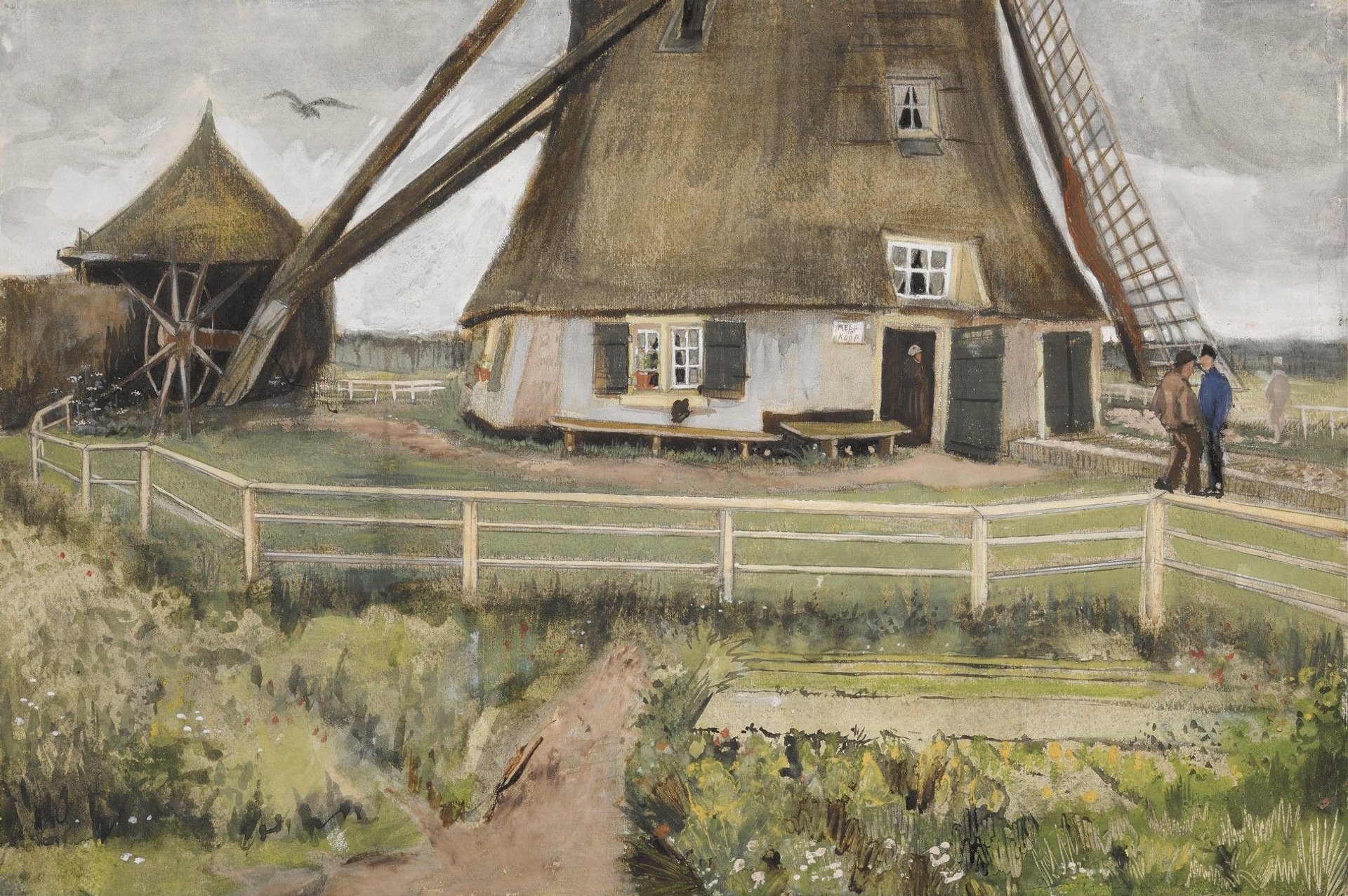
Vincent van Gogh’s The Laak Mill (Laakmolen) near The Hague (1882) Courtesy of Sotheby's


